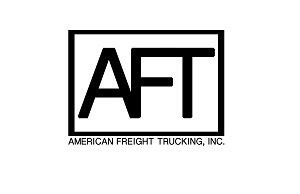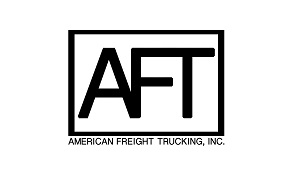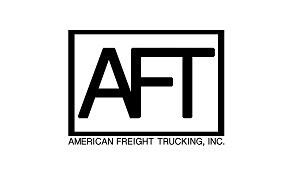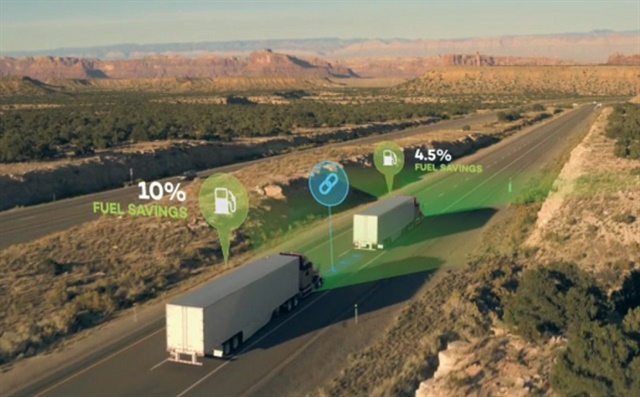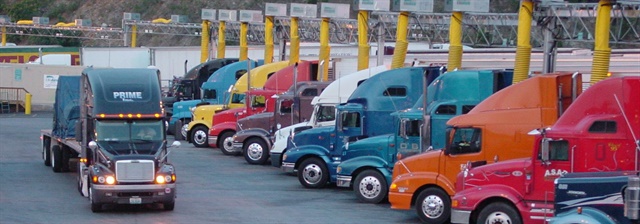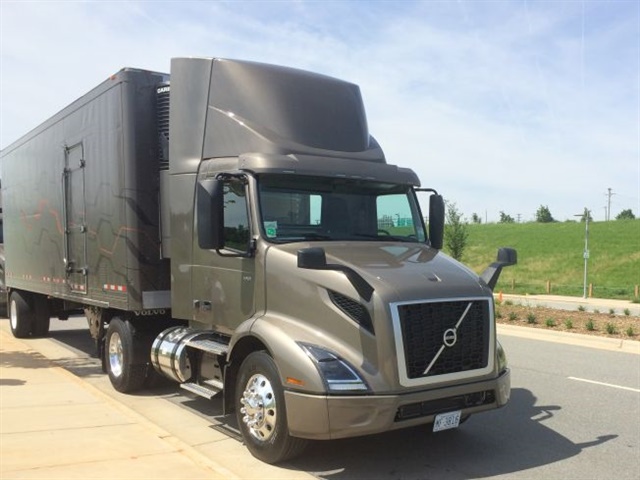Safety Companies Offer Advice Ahead of Roadcheck 2017
Image via Instructional Technologies Inc.
" >Image via Instructional Technologies Inc.
" width="300" height="200">With the Commercial Vehicle Safety Alliance's International Roadcheck around the corner, several trucking safety brands are offering free training and advice to help fleets prepare for roadside inspections.
This year's Roadcheck takes place from June 6-8 and will put special emphasis on cargo securement. During the three-day event, CVSA-certified commercial vehicle inspectors around North America will conduct inspections of commercial vehicles and their drivers.
Instructional Technologies Inc. is offering free cargo securement training ahead of and after the 2017 Roadcheck. From now until June 15, ITI will offer its Flatbed Safety class free of charge. The course focuses on securement rules for flatbed cargo as well as safe operating instructions for securing cargo. Topics include working load limits, anchoring straps, proper use of tie down bars, PPE for flatbed operations, working at heights, and interacting with forklifts or cranes.
Click here to access Flatbed Safety Training for CVSA Roadcheck.
Bendix Commercial Vehicle Systems is offering advice to fleets preparing for the inspection blitz, emphasizing the attention to detail required in fleet and vehicle operation. Regular and thorough maintenance is a key component of safe commercial vehicle operation, according to Bendix, and the company stresses a two-level approach.
The first level is the pre-trip visual inspection: Drivers should never get behind the wheel without a walk-around look for loose hoses, damaged or dangling brake components like air chambers and pushrods, and similar obvious problems. If a vehicle is equipped with an active safety system that includes a forward-facing radar unit or camera, these components need to be kept clear of obstructions like snow, ice, and road debris.
The second level is preventive maintenance: Regularly scheduled, bumper-to-bumper review of a vehicle. Where the air brakes are concerned, in-the-shop inspections should include conducting a 90 to 100 psi brake application and listening ...Read the rest of this story

